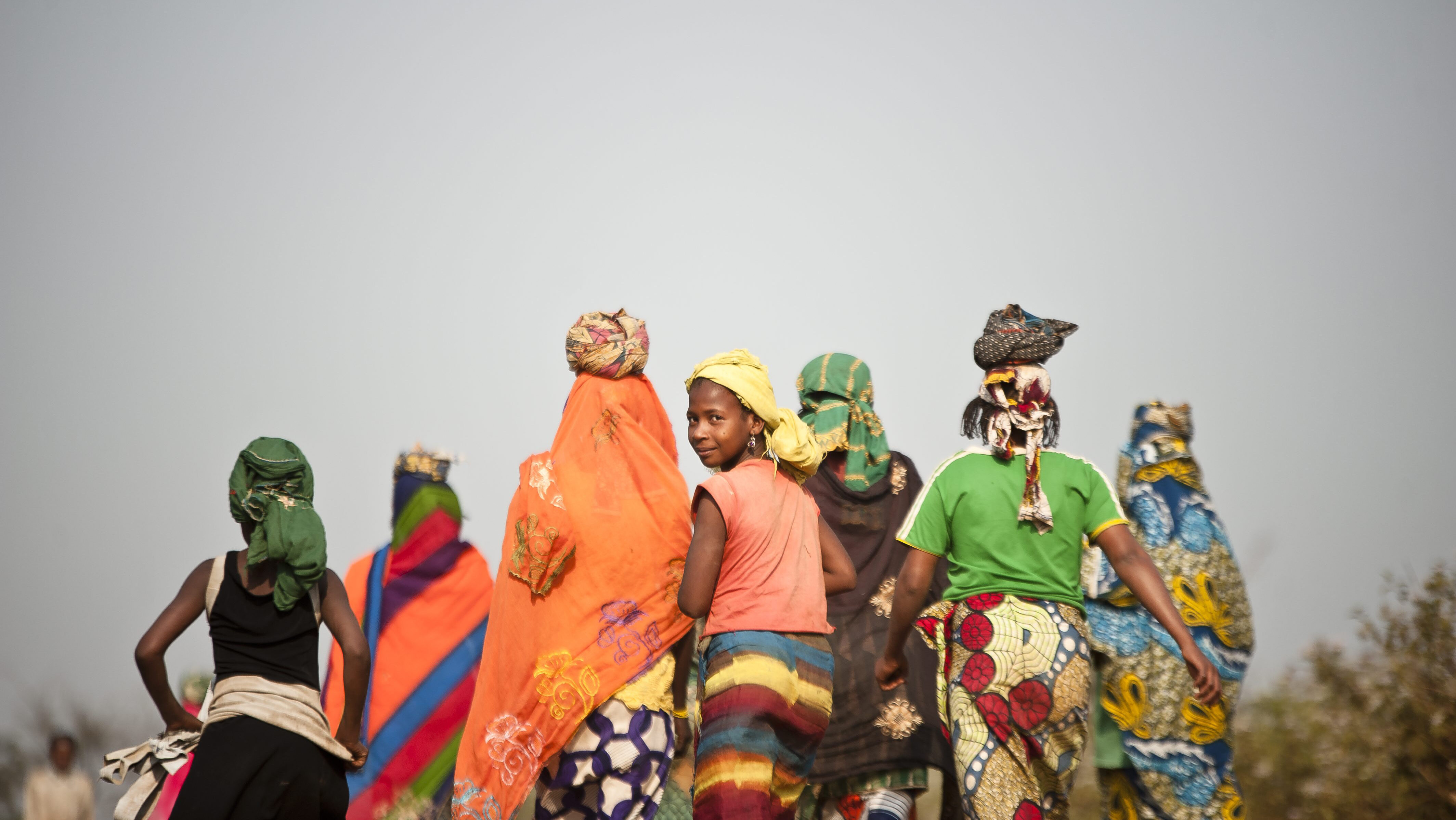
Disaster Displacement, One of the Biggest Humanitarian Challenges of the 21st Century.
When disaster strikes, the impact can be devastating. In some cases of extreme weather, homes are destroyed, streets are flooded, and essential services like electricity and clean water are cut off. In the aftermath, residents may be forced to evacuate, leaving behind their homes, belongings, and community. They may seek temporary shelter in schools, sports arenas, or emergency camps or relocate farther afield, staying with family or friends or relying on government assistance for housing. This displacement can last for weeks, months, or even longer, disrupting lives and causing significant emotional and financial stress.
Every year, millions of people are forced to leave their homes because of disasters and the adverse effects of climate change. In 2023, the Internal Displacement Monitoring Centre (IDMC) detected disaster displacement in 148 countries. From wildfires in the Canada to catastrophic earthquakes in Turkiye and Syria and severe weather in south-eastern Africa, IDMC recorded 26.4 million movements worldwide.
Many find refuge within their own country, some have to move abroad. While some movement is well documented, the total number is unknown. Furthermore, according to the Intergovernmental Panel on Climate Change (IPCC), displacement related to the adverse effects of climate change, disasters and environmental degradation will increase in the mid- to long-term with intensification of heavy precipitation and associated flooding, tropical cyclones, drought and, increasingly, sea level rise. Present international law does not provide protection for those fleeing to another country. Scientists warn that displacement in the context of disasters and climate change will increase in the future, both internally and across borders. Displacement has devastating effects on people and communities. It creates complex humanitarian and development challenges that urgently call for action, support and partnerships.
Background
Following the call to action to address displacement related to climate change in 2010 at the Climate Change Conference in Cancun, Mexico, over 200 climate change scientists, humanitarian actors, and policy makers gathered the following year at the Nansen Conference on Climate Change and Displacement. The conference provided an opportunity to discuss the intersection between climate variability, disaster risk, and population movements and to develop ideas for a way forward for addressing these issues at the international level.
The Nansen Conference concluded with a set of 10 principles that aimed to guide response to challenges related to climate and disaster induced displacement. At the United Nations High Commissioner for Refugees (UNHCR) Ministerial Conference in December 2011, the governments of Norway and Switzerland pledged to address the need for a more coherent approach to the protection of people displaced across borders in the context of disasters and climate change. To do this, the Nansen Initiative was established as a State-led, consultative process, tasked with conducting regional consultations to build a knowledge base of the unique displacement contexts and realities of each region. The Nansen Initiative applied a bottom-up approach to obtain a better understanding of such cross-border movements and develop a consensus for how to best address the assistance and protection needs of populations displaced in the context of disasters and climate change.
The outcome of this three-year process was the Nansen Initiative Agenda for the Protection of Cross-Border Displaced Persons in the Context of Disasters and Climate Change (commonly referred to as the Protection Agenda), which presents a common understanding of the issue, identifies effective practices in addressing cross-border disaster-displacement, and proposes recommendations for roles and responsibilities of relevant actors and ways forward. The Protection Agenda offers States a toolbox to better prevent and prepare for displacement before a disaster strikes. When displacement cannot be avoided, it guides States to improve their responses to situations when people are forced to find refuge, either within their own country or across an international border. Rather than calling for a new binding international convention on cross-border disaster-displacement, the Protection Agenda supports the integration of effective practices by States and (sub-) regional actors into their own normative frameworks, in accordance with their specific context.
In 2015, 109 States endorsed the Protection Agenda at the Nansen Initiative’s Global Consultation. At the 2016 World Humanitarian Summit, States launched the Platform on Disaster Displacement as a follow up initiative to support States and other stakeholders to strengthen the protection of people displaced across borders in the context of disasters and the adverse effects of climate change, and to prevent or reduce disaster displacement risks, promoting the Protection Agenda as a key tool.



